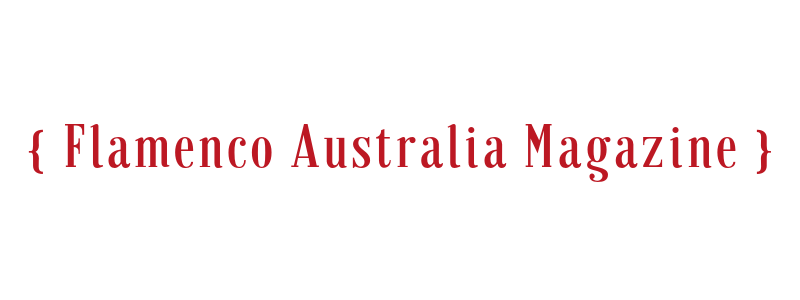¿What is a tablao flamenco?
If you visit Spain and you want to see flamenco, one of your best choices is a tablao — a venue dedicated to flamenco. There are plenty of tablaos in cities like Madrid, Barcelona, Seville and Granada. But what should you look for? Carmen Gálvez, Artistic Programmer at La Casa del Flamenco in Seville, gives us some inside tips on the tablao experience.
If you’ve never seen flamenco before, what can you expect? This is a complicated question according to Gálvez, who has been working in tablaos for 12 years. According to her, there is no set formula that everyone is going to like. It’s a mistake to think that way because the public has a diversity in tastes. “It’s more about what not to expect”, Gálvez says,“…Don’t expect the dancer to dress in red.”
The classic image of the dancer in the red dress epitomises flamenco art when, in fact, the dancer is just one component of the artistic effort. At La Casa del Flamenco, the program includes four artists whom Gálvez considers four protagonists: a singer; a guitarist; a female dancer and a male dancer. Each has his or her role to play, as well as his or her moment to lead.
The concept of the tablao first started to appear in Spain in the 1950s. The name refers to tablado, which is the platform or stage where the performance takes place, made from tablas de madera or wooden boards. Tablaos may serve food and drinks but whether they do or not is not a measure of their quality. Many famous flamenco icons from the past have worked in tablaos and this is still true of today’s generation. Tablaos remain one of the places you can go to see professional flamenco from current artists at the top of the game. So they’re not just a place for tourists? — Tablaos are indeed focussed on tourism because tourists want to see flamenco, Gálvez says. But tablaos are also a place for local aficionados to enjoy the art, usually when they want to come and see a specific artist.
Gálvez is an aficionado of flamenco and enjoys it in theatres and festivals as well, but what sets a tablao apart from other types of venues is its roots in improvisation. Clapping along with the performers is a big no, as the artists are improvising and need to be able to hear every beat each other makes in order to stay in unison. It’s about the frescura — the freshness, Gálvez says. It’s a quality that is created from the union of the artists. At La Casa del Flamenco, the artists rotate and there is a different lineup each night. This means that in each performance you will see artists that don’t always work together, and who haven’t rehearsed. And that produces something unique.
As Artistic Programmer, Gálvez is responsible for programming the lineup at La Casa del Flamenco and she knows what she looks for in an artist: experience; professionalism; an ability to work with many different artists; and a unique character and personality which can be expressed in their art.
“For the artist, it’s a place to put their skills to the test, and come out of their comfort zone. It’s a challenge.”
While each performance is unique, the structure of the show at La Casa del Flamenco is fixed so that the audience will always enjoy a singing solo, a guitar solo, and two dance solos. In this sense, Gálvez says the performance can be called ‘traditional flamenco’ in that it includes the three fundamental elements of flamenco — singing, guitar and dance — and no other instruments; and the artists perform the traditional flamenco styles. However Gálvez reminds us to be careful of the label ‘traditional’. Each artist’s approach is different and some may be interpreted as stylistically more modern than others. Gálvez suggests that it’s best to give the artists the freedom to do what they want.
“Flamenco is a living art, it is evolving… If they’re professional and know what they’re doing, they’ll perform what they feel, and that will be transmitted to the audience.”
It’s precisely the intimate quality of a tablao that makes it different from other types of performances such as rehearsed theatre shows. At La Casa del Flamenco, the freedom of artistic expression coupled with the proximity to the stage and the acoustics of the venue put you in the middle of the experience and allow you to become absorbed and appreciate the art, regardless of whether you’re completely new to flamenco, or an aficionado like Gálvez.
“The best thing is not to expect anything — firstly feel it. There are people who want to understand it before feeling it — but first feel it. It’s an art.”
La Casa del Flamenco is located in the Santa Cruz neighbourhood in Seville and is open every day. Visit their website for further information on the lineup, performance times and ticket sales www.lacasadelflamencosevilla.com


